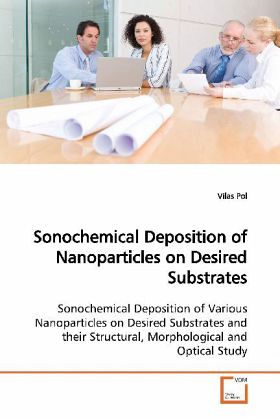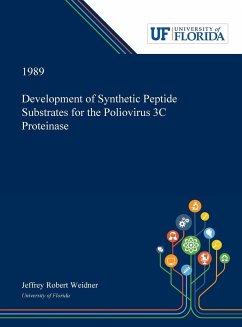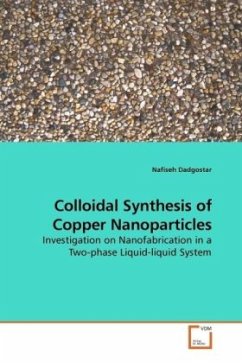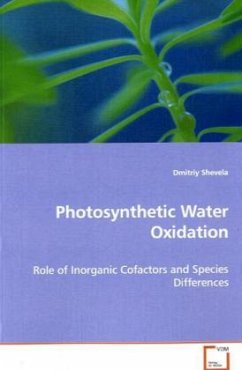
Sonochemical Deposition of Nanoparticles on Desired Substrates
Sonochemical Deposition of Various Nanoparticles on Desired Substrates and their Structural, Morphological and Optical Study
Versandkostenfrei!
Versandfertig in 6-10 Tagen
32,99 €
inkl. MwSt.

PAYBACK Punkte
16 °P sammeln!
Sonochemistry is the research area in which molecules undergo chemical reaction due to the application of powerful ultrasound radiation (20 KHz to 1 MHz). The employed substrates were silica spheres, carbon spherules, carbon nanotubes, LiMn2O4 spinel and titania particles, provides an alternative means for trapping the nanoclusters on thier surfaces. Cavity collapse near an extended solid surface becomes non-spherical, drives high-speed jets of liquid into the surface, and creates shockwave damage to the surface. The nanoparticle-substrate collisions are capable of inducing striking changes in...
Sonochemistry is the research area in which
molecules undergo chemical reaction due to the
application of powerful ultrasound radiation (20 KHz
to 1 MHz). The employed substrates were silica
spheres, carbon spherules, carbon nanotubes, LiMn2O4
spinel and titania particles, provides an
alternative means for trapping the nanoclusters on
thier surfaces. Cavity collapse near an extended
solid surface becomes non-spherical, drives high-
speed jets of liquid into the surface, and creates
shockwave damage to the surface. The nanoparticle-
substrate collisions are capable of inducing
striking changes in surface morphology,
composition, and reactivity. The coating
nanoparticles were metals (e.g. Au, Ag,
Sn, etc.), oxides (e.g. MgO), rare earth oxides
(e.g. Eu2O3), and highly magnetic (e.g. air-stable
Fe), confirming that Sonochemistry can be a general
method for the uniform deposition of desired
nanomaterials. The formed core-shell materials are
characterized by advanced morphological, structural,
compositional techniques and the optical and
magnetic properties are studied.
molecules undergo chemical reaction due to the
application of powerful ultrasound radiation (20 KHz
to 1 MHz). The employed substrates were silica
spheres, carbon spherules, carbon nanotubes, LiMn2O4
spinel and titania particles, provides an
alternative means for trapping the nanoclusters on
thier surfaces. Cavity collapse near an extended
solid surface becomes non-spherical, drives high-
speed jets of liquid into the surface, and creates
shockwave damage to the surface. The nanoparticle-
substrate collisions are capable of inducing
striking changes in surface morphology,
composition, and reactivity. The coating
nanoparticles were metals (e.g. Au, Ag,
Sn, etc.), oxides (e.g. MgO), rare earth oxides
(e.g. Eu2O3), and highly magnetic (e.g. air-stable
Fe), confirming that Sonochemistry can be a general
method for the uniform deposition of desired
nanomaterials. The formed core-shell materials are
characterized by advanced morphological, structural,
compositional techniques and the optical and
magnetic properties are studied.












